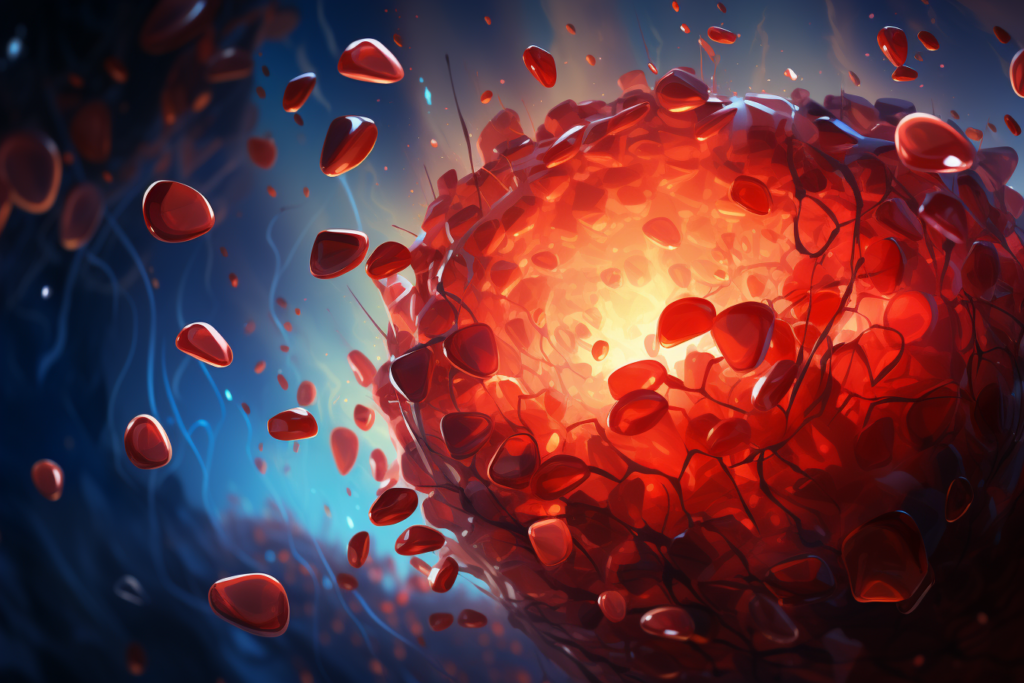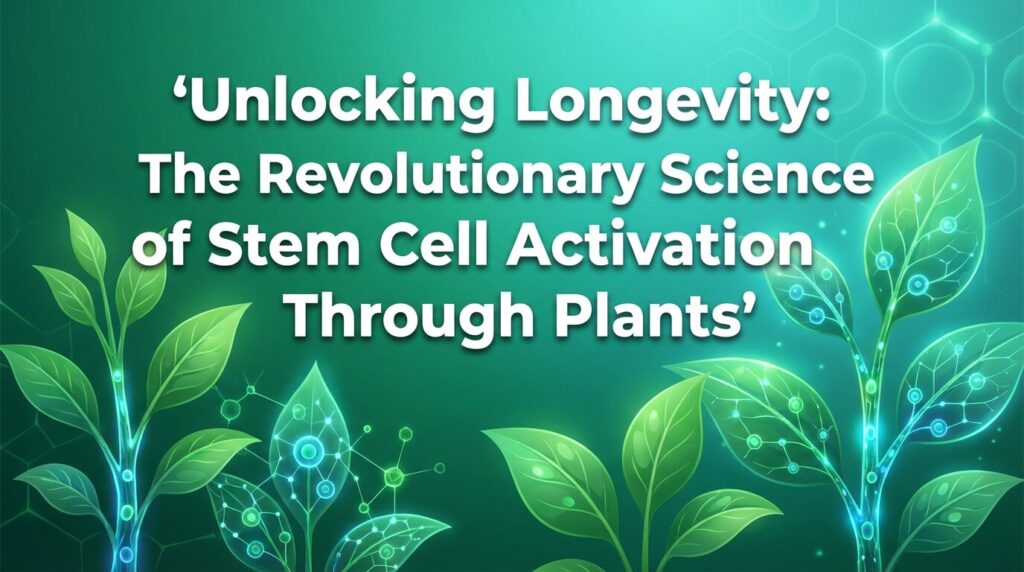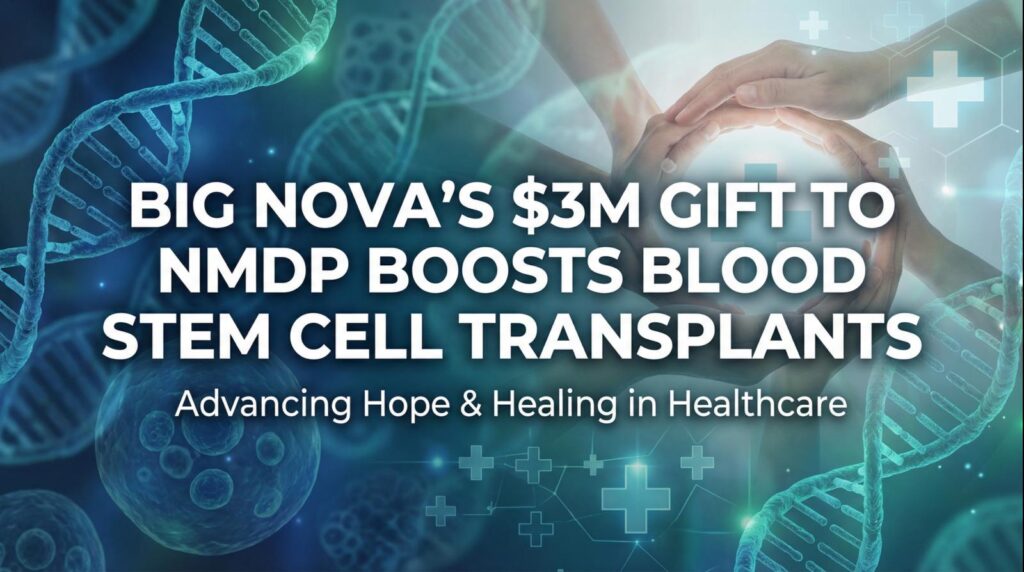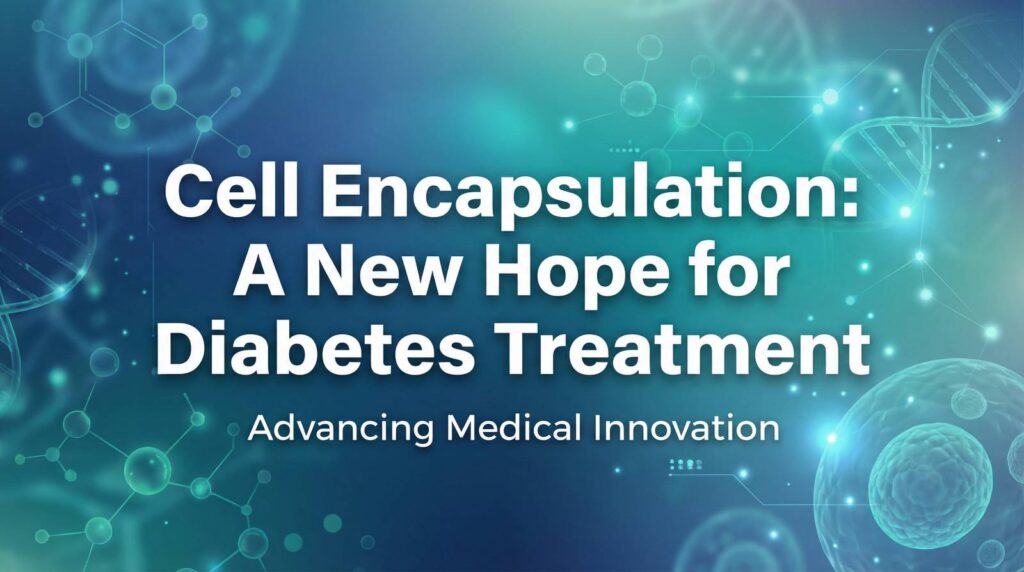Introduction
Let’s dive into the incredible world of cardiac stem cells and their potential to transform the field of heart disease treatment. If you or a loved one are dealing with heart conditions, we understand the challenges you face, and we’re here to offer hope.
Heart conditions can have a profound impact on individuals, affecting their quality of life and overall well-being. Traditional treatment options for heart disease, while effective to some extent, often fall short in providing a complete solution. But fear not, as the horizon of regenerative medicine, specifically cardiac stem cell therapy, holds tremendous promise.
At the forefront of medical innovation, stem cell research has opened new doors in our understanding of the human body’s regenerative abilities. We, as a team of passionate experts, are excited to share with you the groundbreaking advancements in the field of cardiac stem cells.
Through the lens of stem cell research, we aim to shed light on the potential of cardiac stem cells to revolutionize heart disease treatment, offering a ray of hope for those seeking better solutions. So, let’s embark on this fascinating journey together and explore the remarkable world of cardiac stem cells.
Understanding Cardiac Stem Cells
To truly appreciate the potential of cardiac stem cells, it’s important to grasp their nature and significance. Cardiac stem cells are a remarkable type of cell found within the heart tissue itself. Think of them as the unsung heroes residing in the very organ they strive to heal.
These specialized cells possess unique characteristics that set them apart from other cell types. While there are different types of cardiac stem cells, including cardiac progenitor cells and cardiovascular progenitor cells, they all share a common purpose: to maintain the health and functionality of the heart.
What makes cardiac stem cells particularly intriguing is their ability to differentiate into different cell types found in the heart, such as heart muscle cells. They serve as the building blocks for regenerating damaged or diseased heart tissue.
Just like a skilled orchestra conductor directing the symphony, cardiac stem cells orchestrate the repair and rejuvenation of the heart. When the heart is injured or experiences damage due to various conditions, these remarkable cells swing into action, helping to replenish the lost or damaged cells.
Harnessing the Potential of Cardiac Stem Cells in Heart Disease Treatment
While traditional treatment options for heart conditions have made significant strides, they often focus on managing symptoms rather than addressing the underlying cause. This is where the potential of cardiac stem cells shines through, offering a beacon of hope for individuals battling heart disease.
Research and clinical trials have shown promising results in utilizing cardiac stem cells to tackle heart conditions head-on. These studies have demonstrated that when introduced into the damaged heart, cardiac stem cells can contribute to tissue repair, promote angiogenesis (the formation of new blood vessels), and modulate inflammation and immune response.
Imagine cardiac stem cells as the skilled craftsmen of the heart, diligently working to rebuild the damaged structure. They have the remarkable ability to differentiate into various cell types necessary for healing and regeneration, effectively replenishing the heart tissue with healthy cells.
The integration of stem cell therapies with tissue engineering approaches has further amplified the potential of cardiac stem cells. Through cardiac tissue engineering, scientists can create personalized scaffolds or structures that mimic the natural environment of the heart, providing a supportive framework for transplanted cardiac stem cells to thrive and promote tissue regeneration.
This symbiotic combination of stem cell therapy and tissue engineering is poised to revolutionize heart disease treatment. It holds the promise of not just managing symptoms but potentially restoring the heart’s function, improving quality of life, and even reducing the reliance on lifelong medications.
Mechanisms of Action of Cardiac Stem Cells

To truly appreciate the remarkable potential of cardiac stem cells, it’s important to understand the mechanisms through which they exert their healing effects. These mechanisms of action shed light on how these tiny cells can have such a significant impact on the damaged heart.
- Regeneration of Damaged Heart Tissue: When introduced into the heart, cardiac stem cells have the remarkable ability to differentiate into specialized cells, such as heart muscle cells or cardiac progenitor cells. This regenerative process helps to replace the damaged or lost cells, promoting the restoration of normal heart function.
- Promotion of Angiogenesis: Cardiac stem cells also play a crucial role in stimulating the formation of new blood vessels, a process known as angiogenesis. By enhancing blood flow to the heart, these new blood vessels help deliver vital oxygen and nutrients to the damaged areas, facilitating tissue repair and improving overall heart function.
- Modulation of Inflammation and Immune Response: Inflammation and immune response are integral components of the healing process. Cardiac stem cells possess immunomodulatory properties, meaning they can regulate the immune response and reduce inflammation in the damaged heart. This helps create an optimal environment for healing and minimizes further damage caused by excessive inflammation.
Think of cardiac stem cells as the repair crew, arriving at the site of damage to rebuild and restore. They coordinate the regeneration of heart tissue, lay the foundation for new blood vessel growth, and ensure a balanced immune response for optimal healing.
Advancements in Cardiac Stem Cell Therapy
Exciting advancements in cardiac stem cell therapy have propelled this field forward, bringing us closer to the reality of transformative treatments for heart conditions. Scientists and researchers have been tirelessly exploring innovative techniques and approaches to maximize the efficacy of cardiac stem cell therapy.
- Enhanced Isolation and Expansion Methods: Scientists have made significant progress in developing improved techniques for isolating and expanding cardiac stem cells. These advancements allow for the generation of an abundant and pure population of cardiac stem cells, ensuring a more potent therapeutic effect when transplanted into the damaged heart.
- Integration with Tissue Engineering: The integration of cardiac stem cell therapy with tissue engineering approaches has unlocked new possibilities. By combining stem cells with personalized scaffolds or structures, researchers can create an environment that closely mimics the natural heart tissue, facilitating the survival, integration, and functionality of transplanted cardiac stem cells.
- Emerging Technologies and Strategies: Researchers are continually exploring cutting-edge technologies and strategies to enhance the effectiveness of cardiac stem cell therapy. This includes genetic engineering techniques to enhance the therapeutic properties of stem cells, as well as the use of nanotechnology for targeted delivery of stem cells to the heart tissue.
These advancements hold tremendous potential for the future of cardiac stem cell therapy. As researchers delve deeper into the intricacies of stem cell biology and tissue engineering, we can expect even more refined and tailored approaches to harness the healing power of cardiac stem cells.
Overcoming Challenges and Roadblocks
While the field of cardiac stem cell therapy holds great promise, there are important challenges and roadblocks that need to be addressed for widespread clinical adoption and success.
- Ethical Concerns: Stem cell research, particularly involving embryonic stem cells, has sparked ethical debates due to the use of human embryos. It’s important to note that the majority of cardiac stem cell therapies utilize adult stem cells or induced pluripotent stem cells, which do not raise the same ethical concerns. However, ongoing dialogue and ethical considerations are essential to ensure responsible and ethically sound practices in stem cell research and therapy.
- Safety Considerations: As with any medical intervention, safety is of paramount importance. Researchers are rigorously evaluating the safety profile of cardiac stem cell therapy to identify and mitigate potential risks. It’s crucial to conduct comprehensive preclinical studies and robust clinical trials to ensure the safety and effectiveness of these treatments before widespread implementation.
- Regulatory Landscape: The regulatory landscape surrounding stem cell therapy is complex and varies across different regions. Clear guidelines and regulations are necessary to ensure that cardiac stem cell therapies meet rigorous safety and efficacy standards while also promoting innovation and accessibility.
While these challenges exist, it’s important to recognize that significant progress has been made in addressing them. Researchers, clinicians, and regulatory bodies are working collaboratively to navigate these obstacles and establish a solid foundation for the future of cardiac stem cell therapy.
FAQ
Q: What is the overall topic of this FAQ?
A: The overall topic of this FAQ is “The Promising Future of Cardiac Stem Cells”.
Q: What are some key terms related to this topic?
A: Some key terms related to this topic are “stem cell research”, “embryonic stem cell”, “heart failure”, “heart muscle”, “heart cells”, “human stem cell”, “human stem”, and “future prospects”.
Q: What are the applications of stem cell research in cardiac-related treatments?
A: Stem cell research can be used to develop techniques for regenerating damaged heart tissue in patients with heart failure. It holds promising future prospects for treating heart-related conditions.
Q: What are human embryonic stem cells?
A: Human embryonic stem cells are undifferentiated cells that have the potential to differentiate into any specific cell type in the human body. They are derived from human embryos.
Q: Can stem cells be used to regenerate heart muscle?
A: Yes, stem cells can be used to regenerate heart muscle. By differentiating stem cells into heart cells, they can potentially replace damaged or dead heart muscle tissue.
Q: What are the different types of stem cells that can be used in cardiac research?
A: The different types of stem cells that can be used in cardiac research include human embryonic stem cells, mesenchymal stem cells derived from bone marrow, human pluripotent stem cells, and human induced pluripotent stem cells.
Q: What are some ethical concerns associated with embryonic stem cells?
A: Some ethical concerns associated with embryonic stem cells revolve around their derivation from human embryos. There are concerns regarding the destruction of the embryos and the potential for misuse of this technology.
Q: What are the future prospects of stem cell research in cardiac treatments?
A: The future prospects of stem cell research in cardiac treatments are promising. It holds potential for developing new therapies and techniques to improve the outcomes of heart failure patients.
Q: How can stem cells be used in cell therapy for heart failure?
A: Stem cells can be used in cell therapy for heart failure by transplanting stem cell-derived heart cells into patients’ hearts. This can potentially regenerate damaged or weakened heart muscle.
Q: What are some challenges in the differentiation of human embryonic stem cells into heart cells?
A: Some challenges in the differentiation of human embryonic stem cells into heart cells include controlling the differentiation process to ensure the formation of functional heart muscle cells and achieving a sufficient number of healthy heart cells for transplantation.
Q: What are the future prospects of stem cells in regenerative medicine?
A: The future prospects of stem cells in regenerative medicine are vast. They hold potential for treating various degenerative diseases and injuries by replacing damaged or non-functioning cells with healthy ones.
Conclusion
In conclusion, the future of cardiac stem cells is bright and brimming with potential. Stem cell research has paved the way for innovative approaches in regenerative medicine, offering hope for individuals grappling with heart conditions.
Cardiac stem cells, with their remarkable ability to regenerate damaged heart tissue, promote angiogenesis, and modulate inflammation, hold immense promise for transforming the landscape of heart disease treatment. The integration of cardiac stem cell therapy with tissue engineering approaches further enhances its efficacy, bringing us closer to personalized and targeted treatments.
While challenges such as ethical considerations, safety concerns, and regulatory frameworks exist, ongoing research and collaboration are steadily overcoming these roadblocks. The dedicated efforts of researchers, clinicians, and regulatory bodies are driving the advancement of cardiac stem cell therapy towards widespread clinical adoption.
As we continue to unravel the intricacies of stem cell biology, refine techniques for isolation and expansion, and explore emerging technologies, the potential of cardiac stem cells will only grow. It is an exciting time in the field of regenerative medicine, with cardiac stem cells at the forefront of groundbreaking therapies.
If you or your loved ones are dealing with heart conditions, we encourage you to explore cardiac stem cell therapy as a viable treatment option. While it’s essential to consult with medical professionals and undergo thorough evaluations, the stories of hope and healing from individuals who have undergone these treatments serve as a testament to the potential of cardiac stem cells.
The promising future of cardiac stem cells holds the key to a world where damaged hearts can be revitalized, where quality of life can be restored, and where individuals can embrace a brighter and healthier tomorrow.



